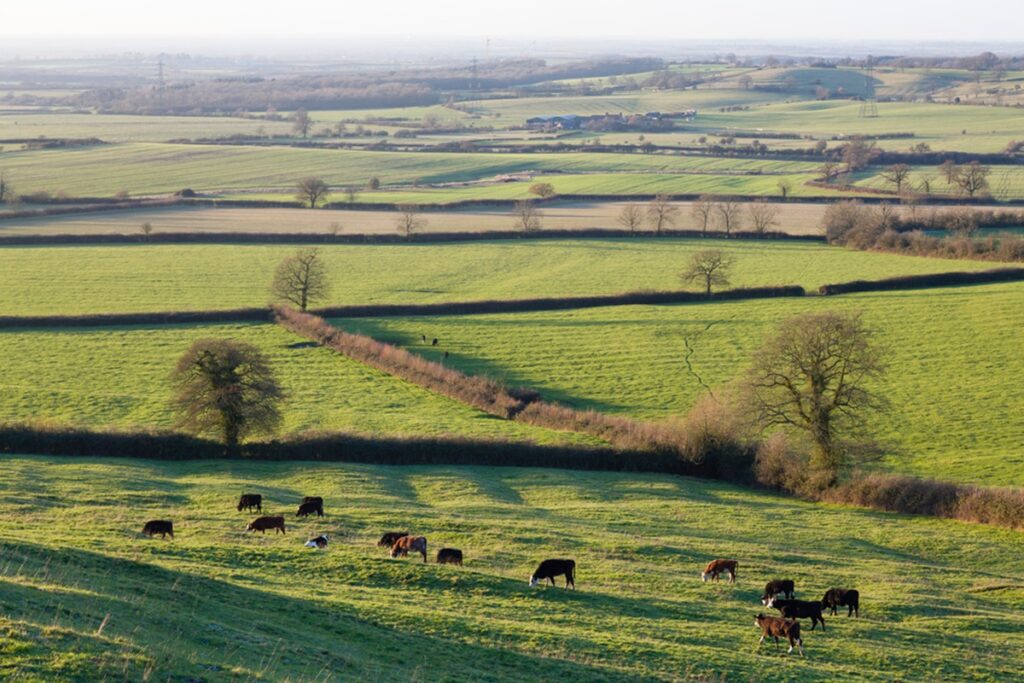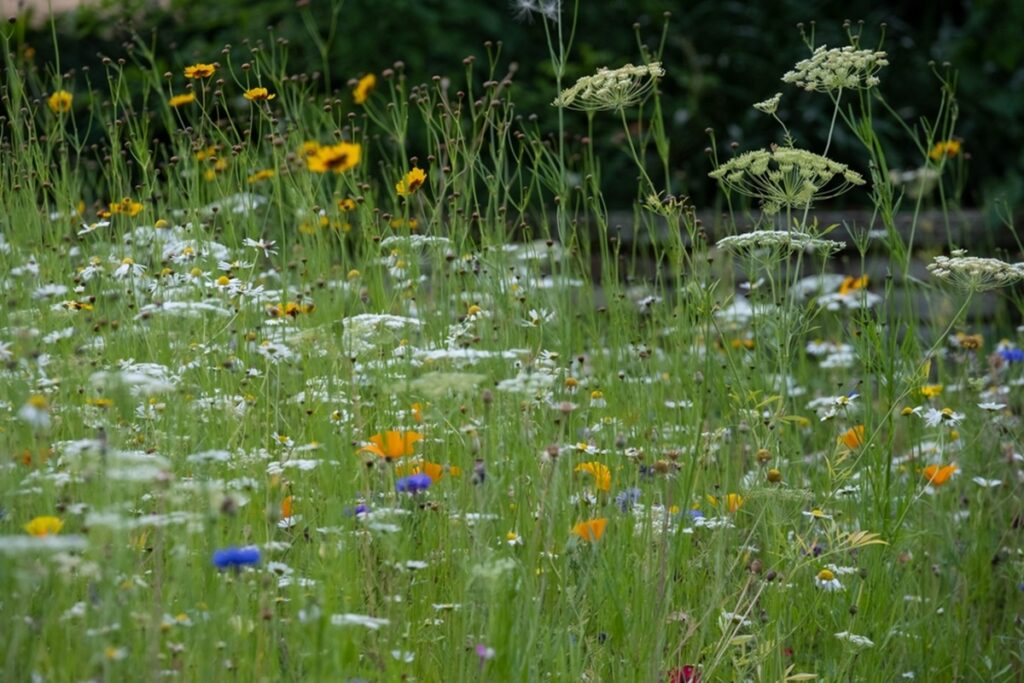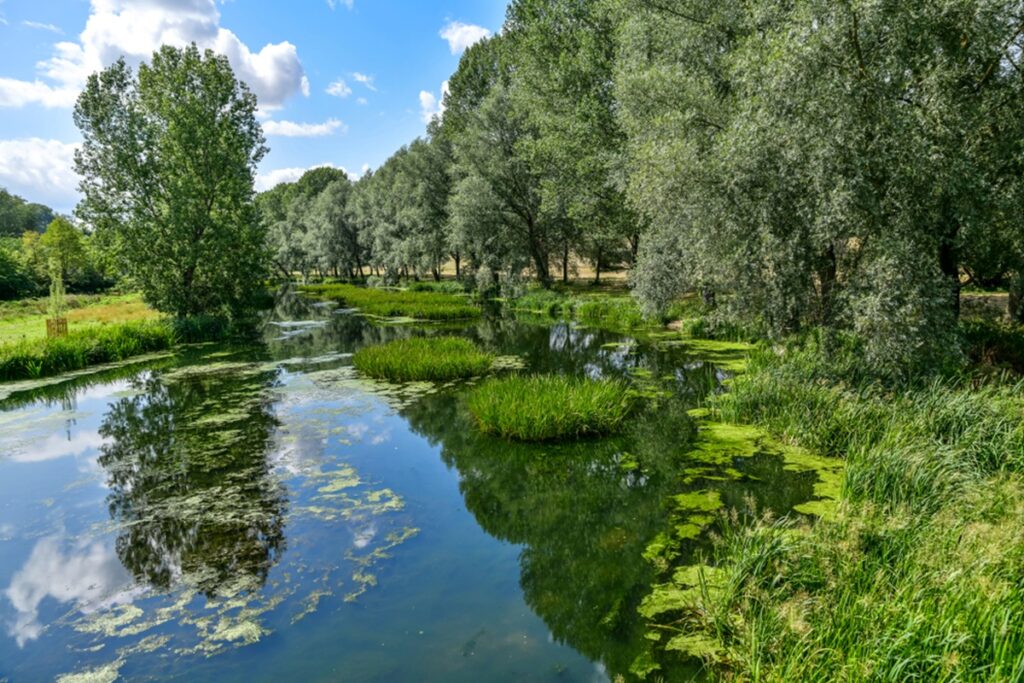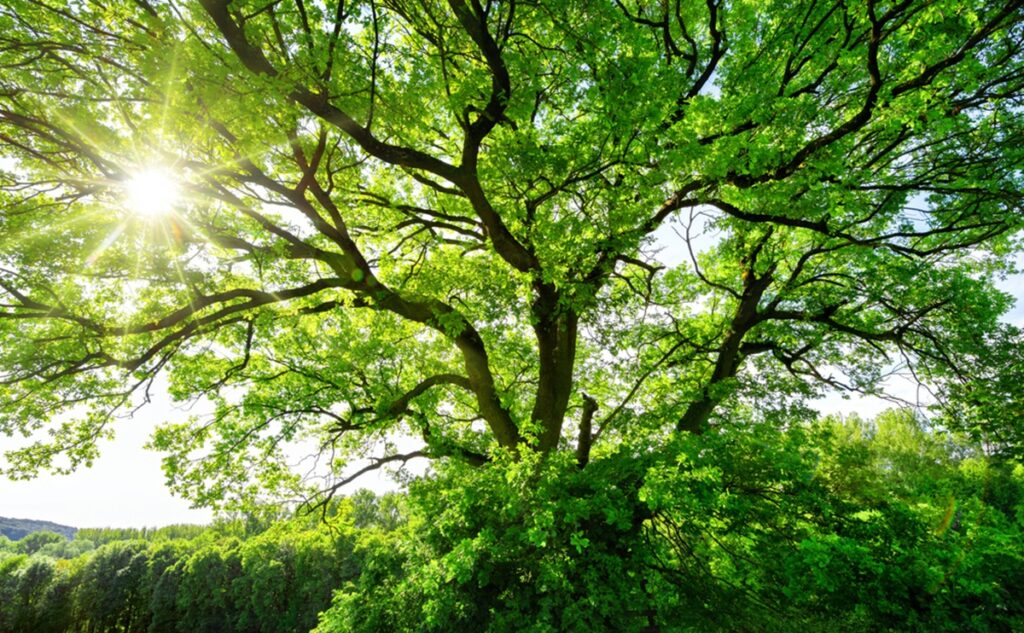Ecology Surveys and BNG Assessments in Shropshire
The introduction of mandatory Biodiversity Net Gain bng through the Environment Act 2021 has significantly changed how planning and development are approached across England, including in Shropshire. BNG requires that all new developments leave the natural environment in a measurably better state than it was before construction began.
Since February 2024, achieving at least a 10% net gain in biodiversity has become a legal requirement for most planning applications. From April 2024, bng became mandatory for small sites. For anyone seeking planning permission in Shropshire, this means working closely with qualified ecological consultants to assess biodiversity and ensure compliance.
A Biodiversity Net Gain plan involves comparing the ecological value of a site before and after development. If the proposed project results in a shortfall, measures must be taken to deliver enhancements either on-site, off-site, or through statutory biodiversity credits.
Local planning authorities in Shropshire will not grant planning permission until a compliant biodiversity net gain plan has been submitted and approved.

Shropshire’s Natural Environment and BNG
Shropshire is one of England’s most rural counties, characterised by rolling farmland, ancient woodlands, river valleys, wetlands, and upland areas such as the Shropshire Hills Area of Outstanding Natural Beauty.
These varied landscapes provide habitats for a wide range of protected species including bats, badgers, great crested newts, otters, dormice, and barn owls. The River Severn, which flows through Shrewsbury and across the county, supports important aquatic habitats, while lowland meadows and hedgerows provide crucial ecological connectivity.
Because of this rich biodiversity, any biodiversity net gain bng plan in Shropshire must carefully consider the local ecological context. The presence of protected species or priority habitats increases the importance of designing sensitive, effective enhancement measures that meet the mitigation hierarchy of avoid, minimise, restore, and then compensate.
Shropshire Council, through its Local Plan, and together with Shropshire Wildlife Trust, conservation organisations, Natural England and other interested parties, actively supports policies that prevent habitat loss, restore habitats, strengthen ecological networks, and ensure new developments contribute positively to the county’s natural environment.

Preparing a BNG Assessment in Shropshire
For developers, landowners, and householders in Shropshire and the west midlands, the first step is to commission baseline bng assessments from a qualified ecologist. This initial survey maps and records all existing habitats on the development site, assesses its quality, and calculates the ecological value using the government’s Statutory Biodiversity Metric tool.
The ecologist will then forecast the site’s biodiversity value following development, incorporating landscaping plans, the creation of new habitats, and long-term management strategies. If the projected outcome does not reach the required 10% net gain, further recommendations will be made.
These may include enhancing habitat areas, planting species-rich grassland, improving hedgerow connectivity, or creating ponds and wetlands. Where on-site delivery cannot achieve the target, developers may purchase off-site bng units from registered providers in Shropshire or the wider West Midlands to meet the mandatory requirement.

Delivering Mandatory Biodiversity Net Gain
In Shropshire, most developers are encouraged to deliver BNG on-site. This is often the most straightforward way to demonstrate compliance, while also contributing directly to ecological priorities for local nature recovery. Examples include habitat creation, planting native woodland, restoring meadows, enhancing river corridors, or installing green infrastructure such as wildlife-friendly drainage systems and living roofs.
If delivering the required bng units on a development site is not feasible, they can be delivered on other sites. Developers can secure bng units on land owned by habitat banks within Shropshire or the surrounding region, ensuring that ecological benefits are retained as locally as possible.
Where no suitable off-site biodiversity units are available, statutory biodiversity credits may be purchased as a last resort option. Our consultancy can provide detailed advice on these options, including the conservation covenants and legal agreements required.

Protected Species Surveys in Shropshire
Alongside bng assessments, many developments in Shropshire require additional ecological surveys for legally protected species. Bats, badgers, otters, reptiles, and great crested newts are all widespread across the county and monitored by Shropshire Wildlife Trust. Specialist protected species surveys are often necessary to support planning applications: these surveys need to be carefully scheduled, as many species can only be assessed at specific times of year.
By carrying out protected species surveys in parallel with the BNG process, we ensure that all ecological considerations are addressed in one integrated package, avoiding delays and ensuring full compliance with the Local Plan and planning law.

The Biodiversity Net Gain Plan
A biodiversity net gain plan sets out, in detail, how a proposed development will achieve its statutory biodiversity target. This includes a clear baseline assessment, details of habitat creation and enhancement, land management and monitoring schedules, and evidence that improvements will be maintained for at least 30 years.
Shropshire Council expects BNG plans to align with the county’s Local Nature Recovery Strategy, which highlights priority habitats and key opportunities for ecological restoration on large and small sites across the region.
By following the mitigation hierarchy, a well-prepared BNG plan demonstrates how biodiversity losses are avoided wherever possible, minimised where impacts are unavoidable, and compensated through habitat creation and restoration.
Our experienced ecologists prepare detailed, compliant plans that meet these local nature recovery standards, Natural England guidelines and local authority requirements.

Professional Support for providing Biodiversity Units in Shropshire
Our consultancy provides expert BNG assessments and biodiversity net gain plans in Shropshire and across the UK. We manage the full process, from initial site surveys and metric calculations to habitat design and long-term land management advice.
We work on projects of all scales, from small building development to major developments, large infrastructure schemes, and land owned by private individuals. Working alongside landscape architects, planning consultants and private homeowners, we ensure that biodiversity net gain is built into every stage of the design and planning process.
Where off-site delivery is necessary, we advise on sourcing biodiversity units, entering into conservation covenants, and meeting all legal obligations. With in-depth knowledge of Shropshire’s ecological features and planning policies, we ensure that every BNG plan is locally relevant, legally compliant, and practically achievable.

Request a Free Quote for Biodiversity Net Gain Shropshire
Since biodiversity net gain became mandatory in February 2024, you are likely to require a biodiversity net gain assessment to support planning applications on major developments in Shropshire and small sites (where bng has been mandatory since April 2024). Our team can provide a free, tailored quote.
Whether you are a private householder, commercial developer, or planning consultant, we deliver clear, professional advice to support your project.
Simply contact us today for a free quote. If you decide to accept it, we will arrange a site visit and begin the process of preparing a biodiversity net gain plan that will help secure planning consent by complying with the Environment Act, Natural England and local planning authority requirements.